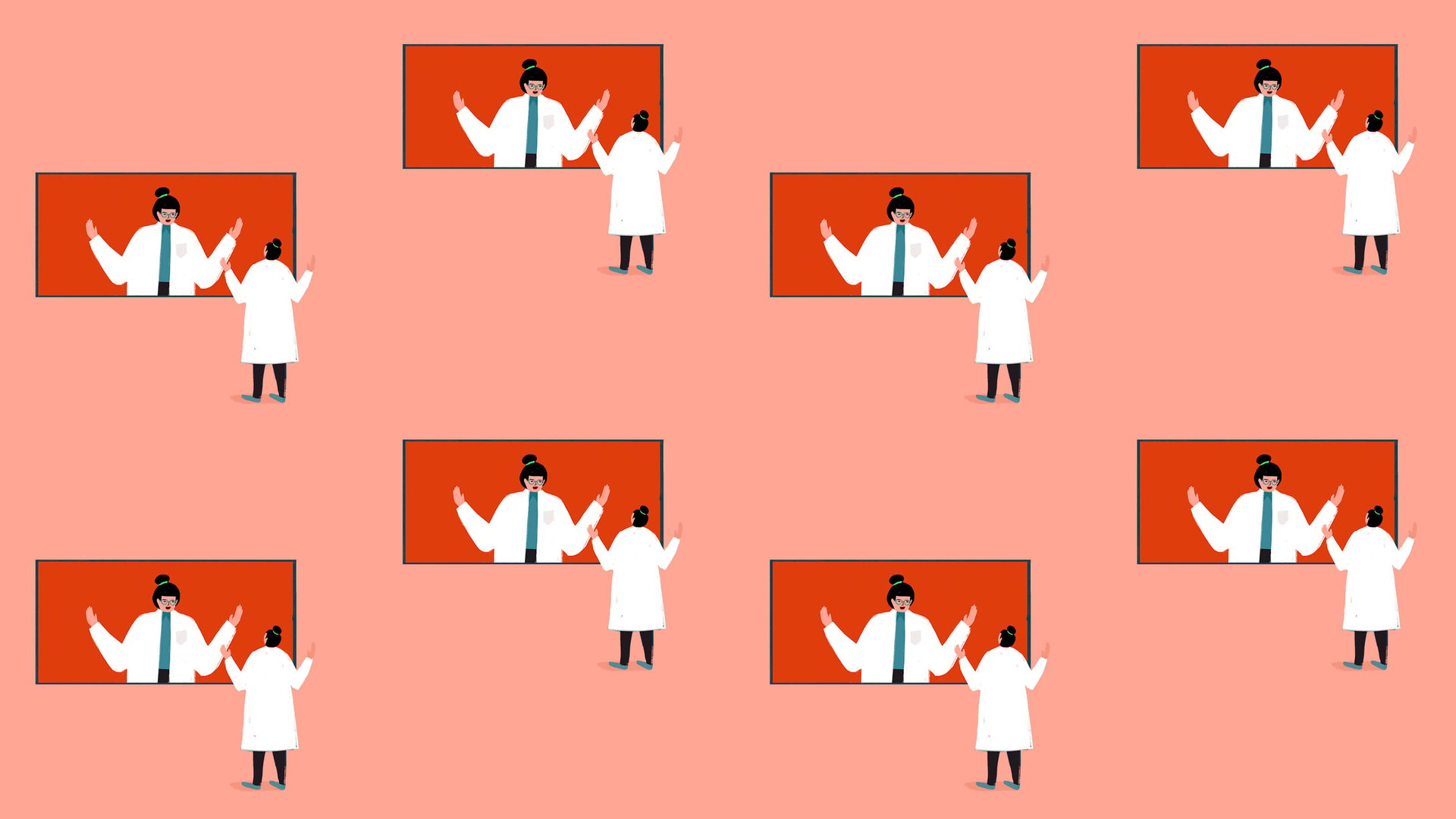Covid-19 is forcing the world to reimagine virtual conferences
Virtual events are being reimagined out of necessity, as conference after conference goes online. It’s forcing us to reconsider how, when, and why we gather. Here’s the TLDR on our latest member-exclusive field guide on virtual conferencing.


💡The Big Idea
Virtual events are being reimagined out of necessity, as conference after conference goes online. It’s forcing us to reconsider how, when, and why we gather. Here’s the TLDR on our latest member-exclusive field guide on virtual conferencing.
🤔Here’s Why
1️⃣ The trillion-dollar conference industry is racing to reinvent itself amid the Covid-19 pandemic.
2️⃣ Conference organizers are going beyond Zoom calls to experiment with new ways to host virtual events.
3️⃣ The challenges and opportunities are enormous, as evidenced by TED, which has decided to turn its annual conference into an eight-week virtual experience.
4️⃣ This shift has given rise to a gaggle of gurus giving advice on how to stage produce your presentation.
5️⃣ Eventually, in-person conferences will come back, but today’s online experiments will determine what they look like.
📝 The Details
1️⃣ The trillion-dollar conference industry is racing to reinvent itself amid the Covid-19 pandemic.
Spring is a particularly busy time for professional conferences, but this year a global pandemic has forced the industry online. Hosting a good virtual conference isn’t simply a matter of transposing stage content and broadcasting it on the internet. That realization is fueling a burgeoning industry. Online speaking gurus are offering tips on esoteric matters like ideal Zoom backgrounds and how to convey authenticity online. Startups are pitching alternative online meeting platforms. There are even magicians who specialize in performing illusions for virtual conferences. They’re called—what else?—Alakazoom!
2️⃣ Conference organizers are experimenting with new ways to host virtual events.
Faced with New York City’s lockdown, Kerry Diamond, founder of the female-focused food media outlet Cherry Bombe, had a daring idea: to use Instagram as the main stage for a daylong conference. On the first weekend of April, she kicked off the Cherry Bombe Jubilee by instructing the attendees to bounce around various Instagram handles. This meant going to cookbook author @jessiesheehanbakes for a baking demo, then to Barefoot Contessa @inagarten for a chat about home cooking, then perhaps later to the legendary disguise-happy restaurant critic @ruth.reichl for a book reading. Diamond is one of a number of conference organizers reinventing the virtual event format.
3️⃣ The challenges and opportunities are enormous, as evidenced by TED.
Last month, TED introduced a crazy-sounding premise: an eight-week long conference in your living room. The idea came from a rethinking of what exactly the TED conference is for, according to TED curator Chris Anderson. “TED is about the sharing of ideas and the building of community. Both of those things you can actually do when no one can move out of their homes courtesy of the internet,” he explained. But a five-hour “prequel” event, held online, was plagued by technical glitches and a rather clunky collaboration platform.
4️⃣ This shift has given rise to a gaggle of gurus providing advice on how to stage produce your presentation.
We’ve collected the best advice out there for how to create a professional virtual conference. First off: learn the lingo. For instance, “Brady Bunch view” is a setting on Zoom where you can see all the participants on the screen, derived from the opening credits of the 1970’s American sitcom of the same name. (We have a glossary here.) As you’re preparing, remember to keep the presentation short and to make your slides simple and legible. Then, take a minute to add some visual interest to your background—it doesn’t have to be a bookshelf! Try standing when you present, and most of all, be confident. “Just assume you’re crushing it,” says Maegan Stephens, an executive speaker coach at Duarte.
5️⃣ Today’s online experiments will determine what in-person events look like.
Conference organizers are taking notes for a future when gathering returns. Blair MacIntyre, a professor in Georgia Tech’s School of Interactive Computing, says the experience of doing the IEEE Conference on Virtual Reality and 3D User Interfaces online hints at possibilities for creating more inclusive and environmentally-responsible academic gatherings, for instance. The new meeting playbook will be created by the risk-takers, the relationship-savvy, the experiential, and those that embrace technology. “The strong will stay stronger and others will have to develop new skills to stay in the game,” says Don Neal, founder of 360 Live Media.